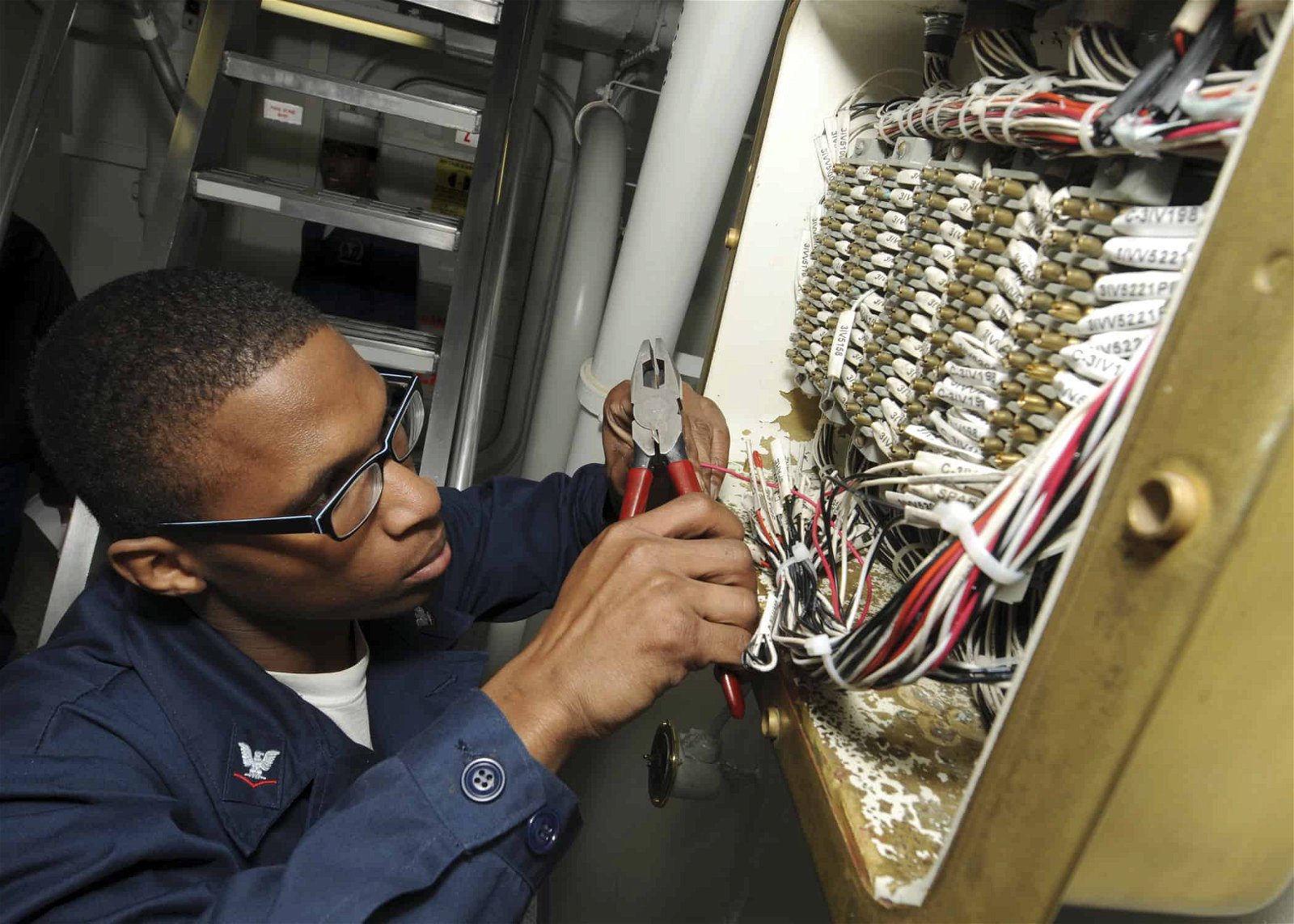Tailored BRE Electrical Solutions for Homes and Companies
Tailored BRE Electrical Solutions for Homes and Companies
Blog Article
Demystifying Electric Installment: Recognizing Codes and Laws for a Lawful and Safe Configuration
In the realm of electric installation, adherence to codes and laws is critical to make certain both legality and safety and security. The journey to demystifying electric installation goes beyond plain familiarity with guidelines; it necessitates a profound understanding of how to carry out secure electrical methods properly.
Significance of Electrical Codes
The adherence to electric codes is crucial in making sure the safety and security and reliability of electrical installments. Electric codes act as a set of requirements and standards that determine the proper style, installment, and upkeep of electrical systems. These codes are established to lessen the threat of electric hazards, fires, and various other safety and security issues that might emerge from faulty electric work.

Additionally, electric codes are on a regular basis updated to include new technologies, finest practices, and precaution. Remaining updated with these codes is essential for specialists in the electrical market to ensure that their job meets the most current safety criteria. Ultimately, the value of electrical codes depends on developing a protected and reliable electrical framework that benefits both individuals and areas.
Key Laws for Safety
A number of basic regulations regulate the safety and security standards in electrical installments. One essential guideline is the National Electrical Code (NEC), which offers standards for safe electric layout, installation, and evaluation to shield people and building from electrical dangers. The NEC covers facets such as wiring techniques, grounding, overcurrent security, and tools installation to make sure a secure electrical system.
One more crucial policy is the Occupational Safety And Security and Health Administration (OSHA) standards, which focus on the safety of employees entailed in electrical installations (BRE Electrical Melbourne). OSHA regulations include requirements for proper training, safety procedures, and personal protective equipment to stop workplace accidents and injuries
Moreover, the International Electrotechnical Compensation (IEC) standards intend to integrate electrical installation regulations on an international range. These requirements address issues like electric devices safety, electromagnetic compatibility, and power effectiveness to promote harmony and security in electrical installments worldwide.
Compliance with these key laws is necessary to guarantee the safety and legitimacy of electrical installments, safeguarding both individuals and building from the dangers connected with electricity.
Comprehending National Electric Code
Key guidelines such as the National Electrical Code (NEC) give vital standards for risk-free electrical style, installation, and assessment to ensure the defense of individuals and building from electrical threats. The NEC, likewise called NFPA 70, is an extensive collection of standards for electric installations that are updated every 3 years. It is developed by the National Fire Defense Association (NFPA) and is commonly embraced throughout the United States.
The NEC covers different aspects of electric job, including circuitry methods, grounding, overcurrent security, and tools setup. It intends to guard people and building by addressing prospective threats associated with electric systems. Conformity with the NEC is usually applied by regional authorities having territory (AHJs), such as building code authorities and assessors.
Comprehending the NEC is critical for electrical contractors, designers, and assessors to make certain that installations satisfy the needed safety and security needs. By sticking to the NEC guidelines, specialists can help prevent electric accidents and make certain the integrity of electrical systems in domestic, commercial, and commercial setups.

Conformity With Local Building Regulations
Comprehending and sticking to local building codes is necessary for making sure the safety and conformity of electrical installments within a specific jurisdiction (BRE Electrical Melbourne). Local building regulations vary from one municipality to one more, and they are implemented to protect the health of occupants and homes. go right here These codes lay out details demands for electric installations, such as the sort of circuitry to be utilized, placement of electrical outlets, basing methods, and lots capacities. By following local building ordinance, electricians can make sure that installments are done correctly and satisfy the essential safety requirements.
When it comes to electric installments, failing to conform with local structure codes can result in severe repercussions. Non-compliant installations might position safety threats, enhance the risk of electric fires, and lead to costly penalties or legal concerns.
Making Sure Safe Electrical Practices
Exercising strict adherence to established security methods is vital in the field of electric installations to minimize prospective threats and guarantee the health of individuals and residential properties. Safety in electric job includes numerous elements, beginning with the proper training of workers associated with setup, upkeep, and repair. It is vital to find more information follow maker instructions carefully when taking care of electrical elements and tools. Prior to beginning any kind of job, it is vital to perform an extensive threat assessment to determine prospective threats and implement safety nets. Making use of personal protective devices (PPE) such as protected handwear covers, shatterproof glass, and non-conductive footwear is non-negotiable to protect against electric shocks and arc flashes. Routine tools examinations, testing, and maintenance schedules are important to identify and rectify faults before they escalate into safety risks. Moreover, adherence to appropriate lockout-tagout treatments throughout upkeep tasks is important to stop accidental energization of circuits. By prioritizing secure techniques, electric installments can operate successfully while decreasing the likelihood of accidents or damages.
Conclusion
Finally, adherence to electrical codes and regulations is vital for guaranteeing the safety and validity of electrical installments. Comprehending the National Electric Code and compliance with regional building ordinance are crucial for a risk-free setup. By complying with these guidelines and exercising risk-free Get the facts electric methods, people can avoid possible risks and make certain the appropriate performance of their electrical systems.
Report this page